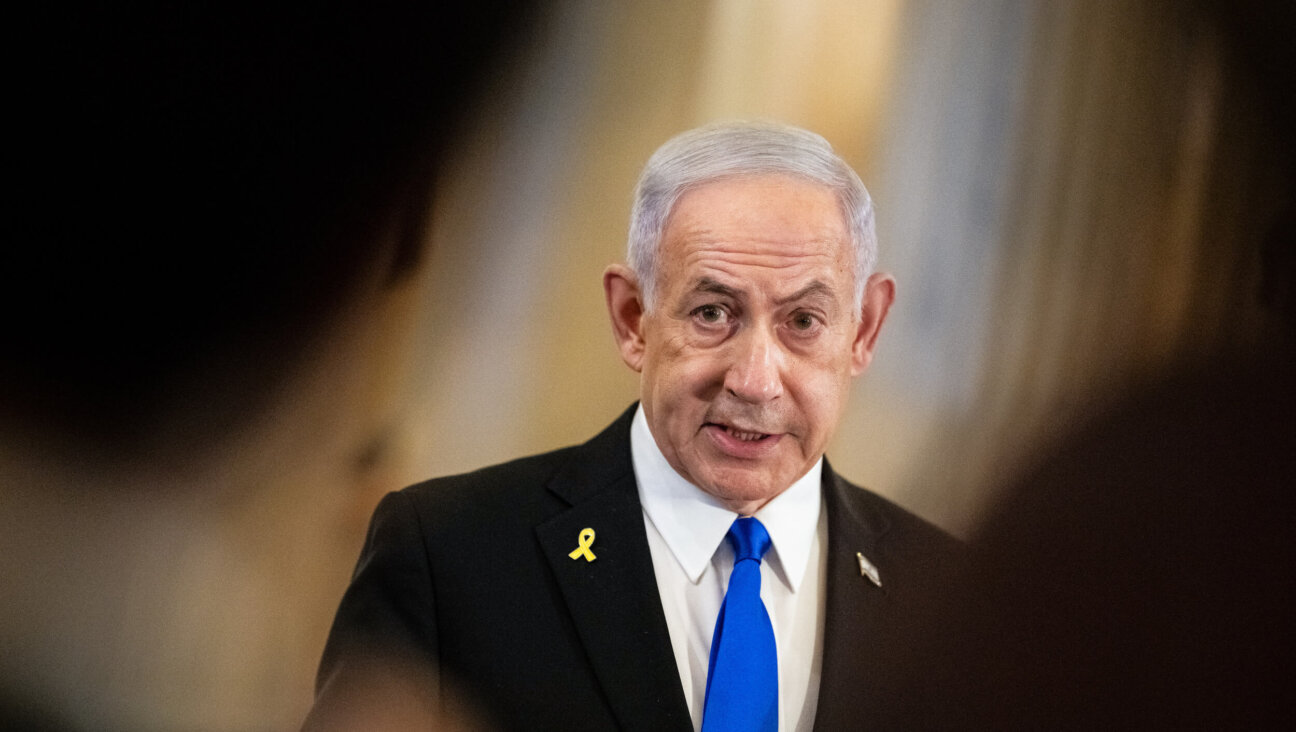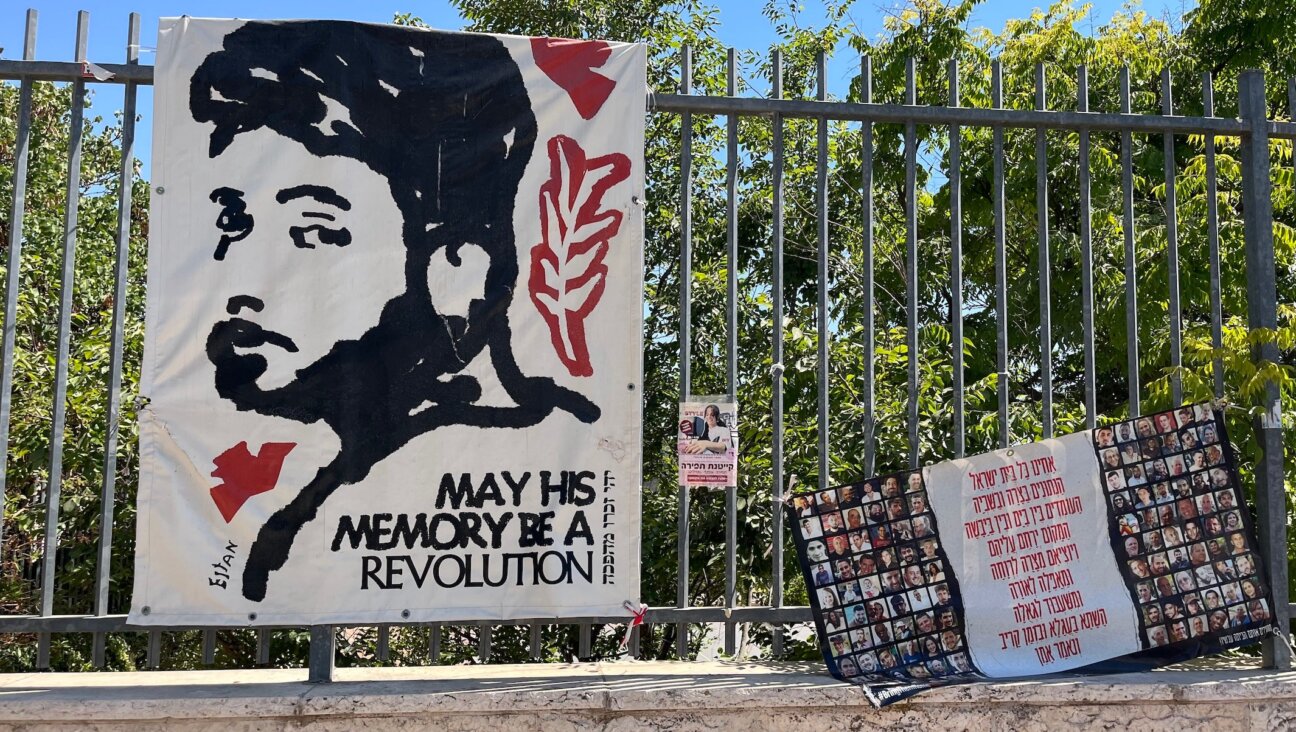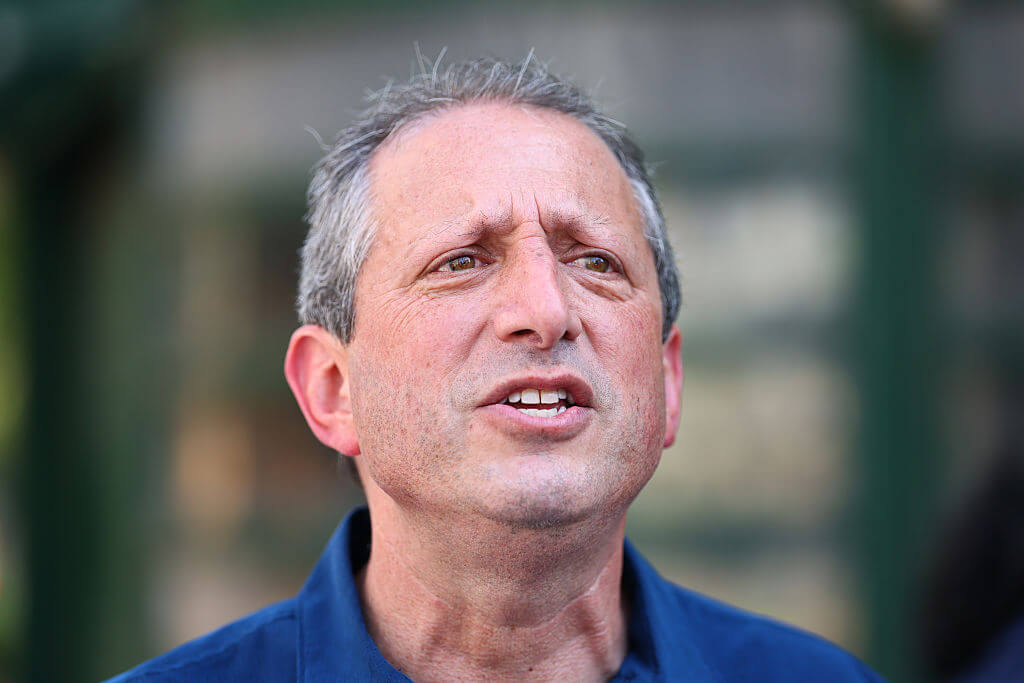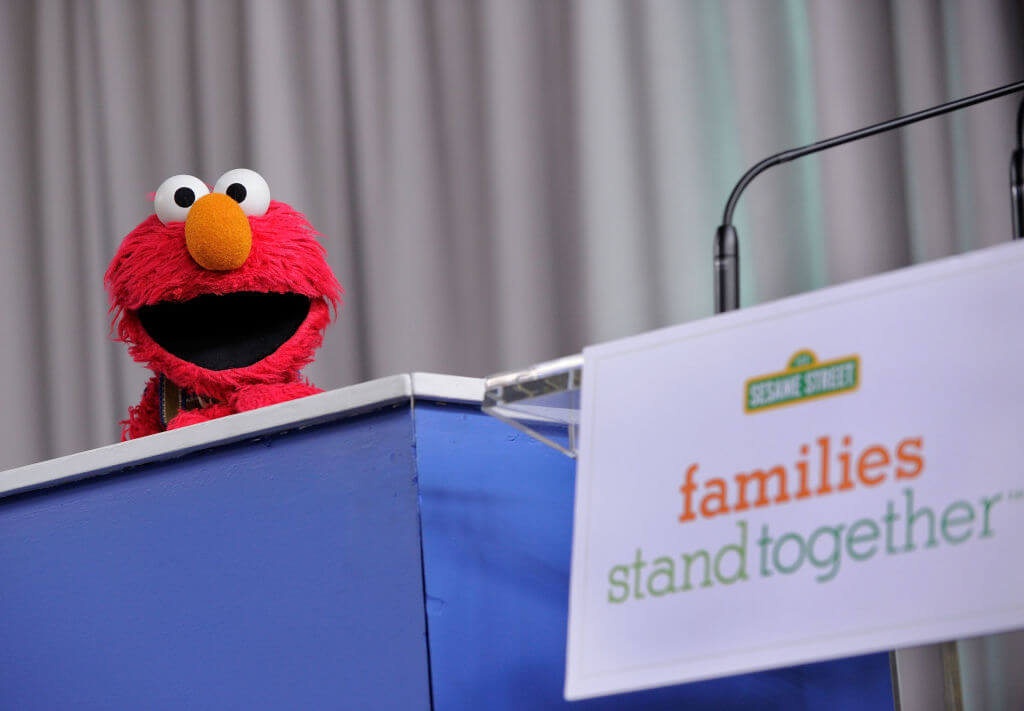How Hadassah Hospital Coped With Casualties During The Six Day War

Doctors and nurses tend to the wounded Image by Getty Images
In 1967, Hadassah Hospital in Ein Kerem, Israel found itself at the front line of the Six-Day War, treating swells of wounded soldiers and civilians. The July 1967 edition of Hadassah Magazine included a harrowing account, excerpted below, of the first 60 “desperate and magnificent” hours at the burdened medical center.
“I entered my office at 7:45 A.M. and gazed at the peaceful hills around the Medical Center,” said Dr. Kalman Mann, Director General of Hadassah Hospital, recalling the fateful Monday morning of June 5. “ON the horizon I could see the Jordanian Army’s radar position and officers’ village which I knew were bristling with armor pointed at us. When would the peaceful scene end?”

Inside, the last of the 200 most serious cases, including expectant women, who had not been sent home the day before like the rest of the hospital’s patients, were being carried on stretchers to specially converted underground wards, including a special department for premature infants.
Last minute instructions were being given in poison gas treatment, in case the Egyptians decided to use the same tactics against the Israeli troops that they had used against Yemeni tribesmen.
The hospital was being turned inside out. The large entrance hall of the outpatient clinic was transformed in a few hours to a massive casualty reception center, with hundreds of beds lined up row after row, each with its own instruments, plasma, drip stands, drugs. Meticulous emergency plans made two years before and updated to the last detail were put into effect. Eight emergency crews stood by to receive the wounded, nine operating rooms and teams specializing in areas from eyes to urology were at the ready.
Nothing was left to chance. Forty tanks of drinking water had been distributed in case there was a cut in water supply. Fifteen thousand sandbags, 400 yards of protective walls for entrances had been set up. The hospital had ready — and was to use — its own electric supply. Tons of frozen means and vegetables were in reserve, 4,000 yards of material converted into dressing gowns, 300 glass panels in the hospital interior removed.

Hadassah Hospital on Mt. Scopus, which was reopened following the Six-Day War Image by wikimedia commons
Hadassah Hospital overnight had doubled its patient capacity and Dr. Mann, who in the emergency also became responsible for the area’s two other hospitals and a number of health centers, could report there were two thousand beds ready in front line hospitals with another 1,200 near and around the city. All that could be done had been done.
But that was not enough. The Army had called all doctors up to the age of 49, and Hadassah was left with 92 doctors, only 17 of whom were surgeons. Would they be enough? Despite the tremendous effort of the volunteers much of the hospital was still vulnerable — would the Jordanians respect an institution dedicated to life? Would the Arabs insist on bringing death once more to the Holy City?
“At 9:15 the Arab Legion began bombarding Jerusalem,” said Dr. Mann. “I saw the shells hit the School of Agriculture first, then advance slowly nearer and nearer climbing our slope from the animal farm and crawling toward the hospital. This was war…”
Reports started coming in immediately. Bikur Holim had received its first civilian casualties. Jordanian troops were entering the United Nations headquarters and were heading toward Ramat Rachel and Taipiot. Israeli paratroopers originally barged to be dropped in Sinai were being diverted to the defense of Jerusalem.
Outside, Jordanian shells exploded, demolishing a wall in the gynecology department, damaging the obstetrics outpatient clinic, the incubator unit, and severing vital pipelines between the Medical School and School of Dentistry. One hit the courtyard where the three Chagall windows still stood, destroying a small pane of the Judah window.
By noon the first battle casualties began arriving by ambulance… Many of them were flown to the hospital by helicopter in critical condition. The 16 and 17-year-old Gadna cadet volunteers unflinchingly bore them to the casualty center, and sometimes had to carry out the dead who could not be saved.
The casualty center was soon flooded with the wounded. Two senior surgeons supervised the work, going from bed to bed determining those who needed immediate X-rays and operations. Nurses quickly stripped the wounded of their clothing to look for concealed injuries, and plasma was administered where necessary. There was little time for ceremony as the number of patients wounded reached crisis proportions. Interns with provisional licenses were officially made full doctors.
The heroism of the wounded was incredible. Men bit their lips rather than cry out. Dr. Mann, passing through the ward, was startled at the quiet in a room filled with so much excruciating pain. Older men insisted that their younger comrades be treated first, youngsters pleaded that others were more seriously hurt… Shrapnel was removed, wounds cleaned and stitched — and often the soldiers’ pleas to be allowed to return to battle were granted.
In the readied operating theaters the first of the 400 major operations to be performed in the next three days were underway. A special pre-operative intensive care unit had been established in the regular post-operative room for the most serious cases who were wheeled into one of the nine operating theaters with a minimum of waiting. The teams were headed by experienced surgeons, but their assistants were an assortment of dentists, public health doctors, dermatologists, researchers, even a psychiatrist, anyone with medical experience and the stamina to stand the grueling pace. The planned 24-hour shifts were forgotten — there was no one to relieve them!
The results were fantastic — only three deaths following the 400 major operations.
Major credit, of course, goes to the skill of the surgeons and their ad hoc teams. But there were other vital factors. Said the chief of surgery:
“Every surgeon looked upon each wounded lad as though he were his own and refused to give up, however exhausted he felt. We had our reward a few days later when we would meet a cheerful young soldier whistling around the ward, knowing that we would not have given a nickel for his chances when we saw him brought in.”
War and hatred were forgotten at the Hadassah Hospital entrance. Arab soldiers wounded so seriously they were abandoned by their Jordanian comrades were treated like the Jewish casualties. One semi-conscious Legionnaire was overheard muttering in Hebrew, “We are all brothers… We are all brothers…” Another frightened Jordanian, taught for years to hate Israelis, became hysterical when a Jewish doctor approached with a hypodermic needle. “Mowtani?” he whimpered Arabic. “Are you going to kill me?”
And still the wounded soldiers and civilians kept on coming, reaching a peak Tuesday morning when more than 200 were brought in almost at the same time, overflowing into the main hospital hall lobby and the waiting room of the X-ray department one floor above. Besides, there were the usual crises of expectant mothers and children struck down with appendicitis. Five babies were born on Monday night alone!
It was as though the hospital had suddenly grown extra units and buildings. Every figure was quadrupled. The hospital usually matches 30 to 40 pints of blood daily. In 60 hours it matched 1,000 pints without error… The hospital which usually serves 400 people daily now had to feed 2,000 people hot meals, plus the extra patients who because of the rearrangement of beds were fed by a special system — all done so efficiently they didn’t even miss their mid-morning snacks!
The 32 women who staff the sterilizing department went sleepless for 55 hours in order to supply more than 7,000 individual packages… To add to the tension, almost all had sons in the army of whom they had no word.
Despite the almost overwhelming difficulties a tremendous spirit of faith and dedication, exhilarating and almost palpable, filled the air. Drivers vied for the chance to risk the most dangerous areas. One ambulance braved Jordanian fire as it raced to Tel Aviv to pick up much-needed oxygen.
And there were the volunteers. Dr. Douglas Young’s Institute for Holland Studies sent a contingent of pharmacists. Yeshiva boys with yarmulkes and long plot worked at fever pitch to clear underground storerooms for emergency wards, while laboratories were converted into operation theaters, shower rooms into sterile supply depots. A whole new hospital below ground!
Hadassah became a whole world unto itself, with its joy, its sadness, even its laughter. One kitchen worker was so exhausted, he was found fast asleep on his feet amid the din and clang of pots and pans.
But there was tragedy, too. After 60 grueling hours at the operating table, Dr. Harold Eiser, a New Jersey dentist residing in Israel who volunteered for Hadassah, was ordered to rest. But he was so excited from work and news of the capture of the Old City he decided to climb Mt. Zion and photograph the newly won area. On the way up he stepped momentarily off the road onto a mine that exploded, tearing off his foot. Still conscious and alert, he ripped off his shirt and applied a tourniquet, saving his life. Another man went to his aid, set off a second mine and was critically wounded.
By the middle of Wednesday, 60 hours after fighting began, the crisis slackened. Volunteer doctors and nurses from the United States, Canada, England, South Africa and Holland began arriving, and helped relieve the exhausted surgeons. The battle for Jerusalem was over, and the number of men wounded dwindled. But in those 60 hours Hadassah Hospital handled 1,000 casualties, most of them serious.
The mood changed. People began catching their breath. Workers who could be relieved rushed home to find out how their families fared. Up in the recuperation wards dashing young soldiers, the flower of Israel, were teasing the nurses and gossiping. Often it was they who consoled the relatives who had come to console them.
President Shazar and Prime Minister Eshkol, who visited the troops, addressed the men from the windowless Hadassah Hospital Synagogue. Shazar paid special thanks for Hadassah’s devotion and skill, and vowed that Israel would be worthy of the sacrifices the young men made.
Said Eshkol:
“On behalf of the mothers, wives, and sisters of the wounded, I wish to thank you from the bottom of my heart for all that you have done and are doing to treat these wounded men and bring them back to productive life. I want to add that I am speaking too for the relations of the wounded Arab soldiers.
God knows that in our hearts we have no hatred for the Arabs and I hope that we can work out some system of peaceful co-existence for the benefit of both peoples. The proof of this lack of hatred is the extreme care that is being given to these Arab prisoners-of-war here in Hadassah. I am sure that the same spirit can prevail and be extended to all our relations in peacetime. The common bonds of humanity bind all people.”





















